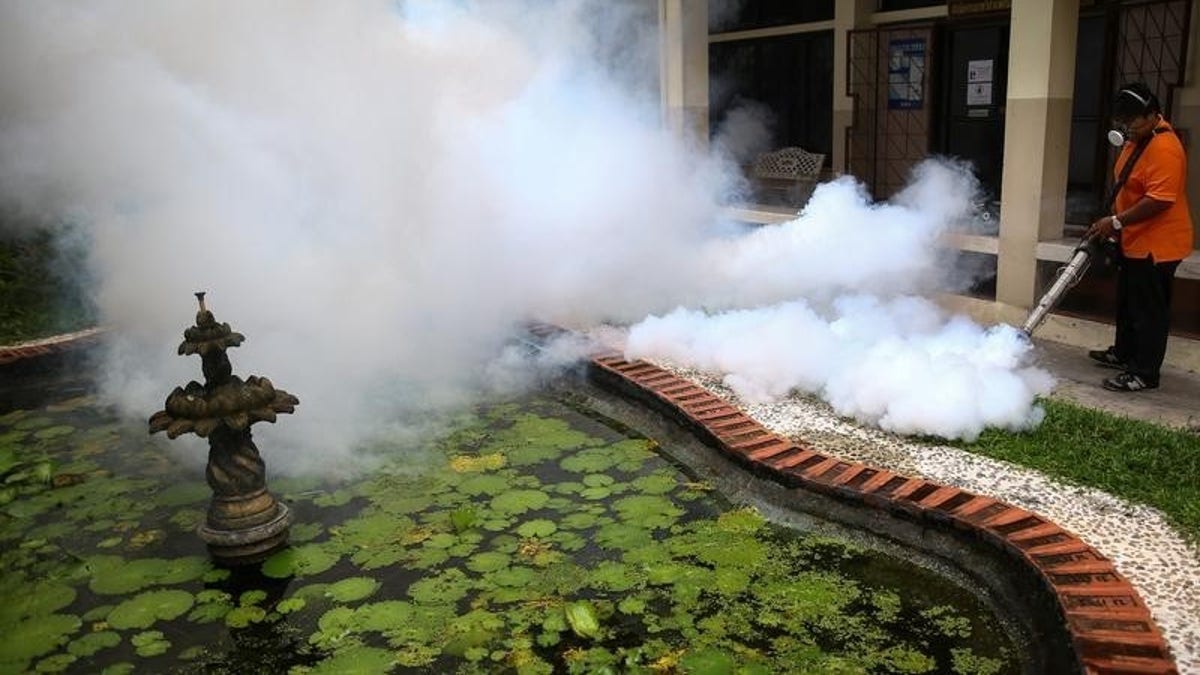
A city worker fumigates the area to control the spread of mosquitoes at a university in Bangkok (Copyright Reuters 2016)
LONDON – Funding shortfalls and fragile health systems are undermining progress against malaria and could jeopardize efforts to reach globally agreed targets on the way to eventual elimination, the World Health Organization (WHO) said on Tuesday.
Publishing its annual report on how the world is tackling the often deadly mosquito-borne disease, the WHO said achieving sustained and sufficient funding for malaria control was becoming a serious problem.
Despite a steep rise in global investment for malaria between 2000 and 2010, funding has since flatlined, the WHO said, and in 2015 totaled $2.9 billion - almost the same as in 2010.
And while deaths from the disease have fallen dramatically in the past 15 years - since 2000 malaria deaths in Africa have dropped by 62 percent - to 429,000 in 2015, there are big gaps in progress, with the poorest countries faring the worst.
Sub-Saharan Africa carries a disproportionately high share of the global malaria burden and last year was home to 90 percent of malaria cases and 92 percent of malaria deaths.
"We still have a child dying from malaria every two minutes," said Richard Cibulskis, who coordinates the WHO's malaria strategy, evidence and economics unit. "And at the same time, funding for malaria has stagnated."
Global health specialists say the money needed to sustain progress in the fight against malaria is $3.8 billion for 2016, and needs to rise each year to reach $6.4 billion for 2020.
The WHO's report showed that of last year's $2.9 billion, governments of malaria-endemic countries provided about 32 percent, with the rest from international donors.
Pedro Alonso, director of the WHO's global malaria program said if global targets are to be met, funding from both domestic and international sources "must increase substantially".
The United States and Britain are the largest international malaria funders, accounting for 35 and 16 percent respectively of 2015's total.
The report also found worrying gaps in use of vital malaria control tools such as bednets or indoor spraying.
In 2015, an estimated 43 percent of the population in sub-Saharan Africa was not protected by either of these, and in many countries, health systems were underresourced and inaccessible to people who become infected with malaria.
